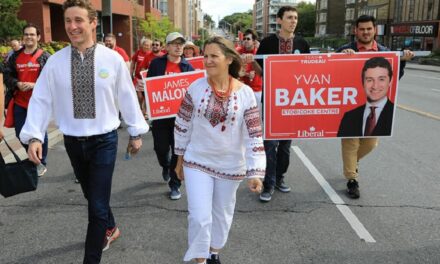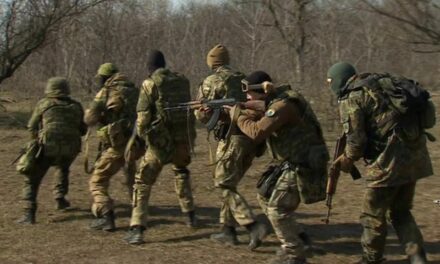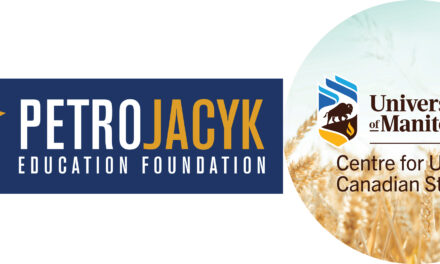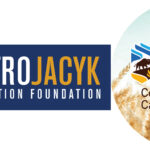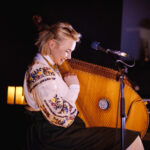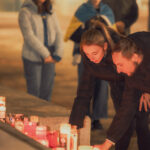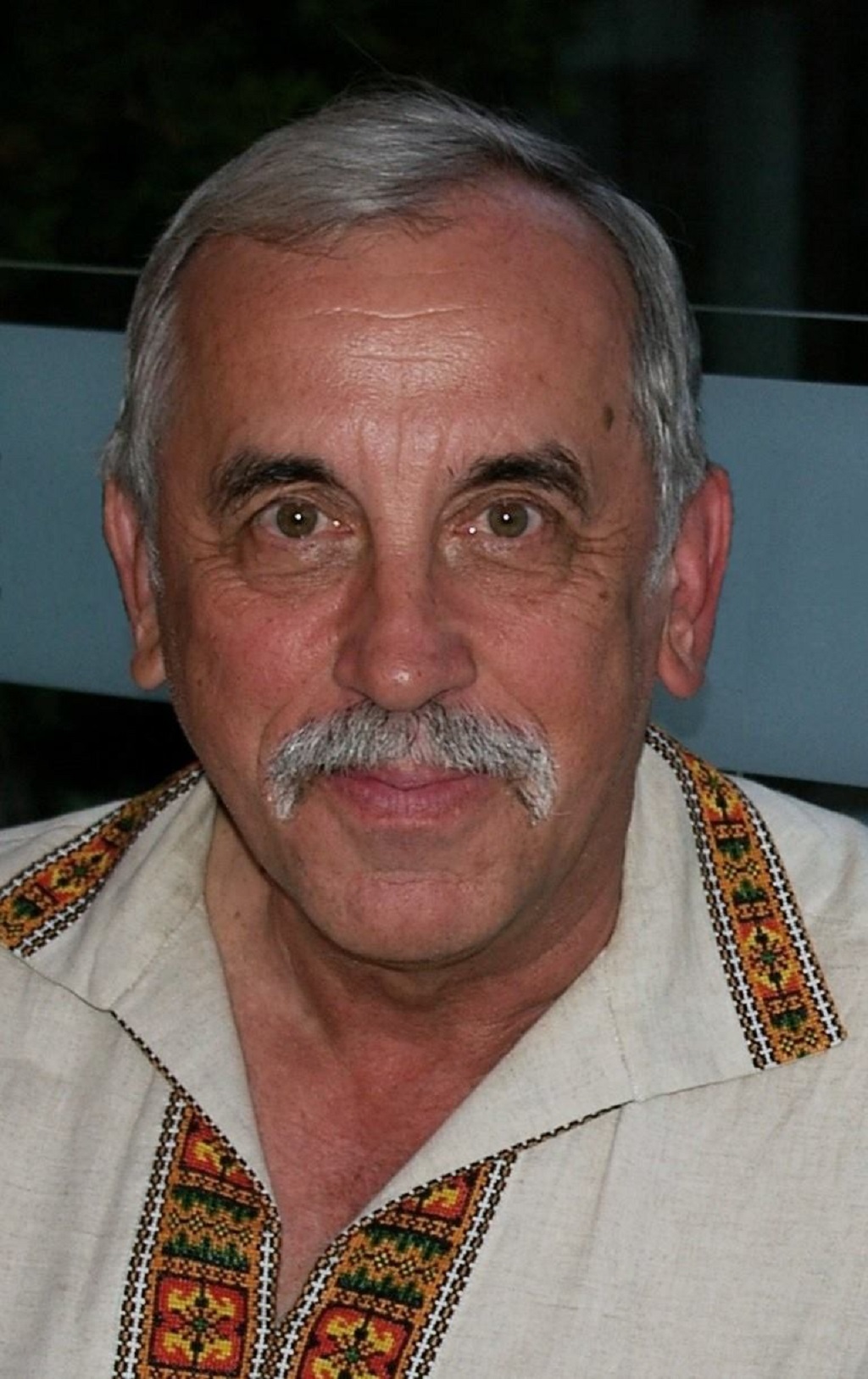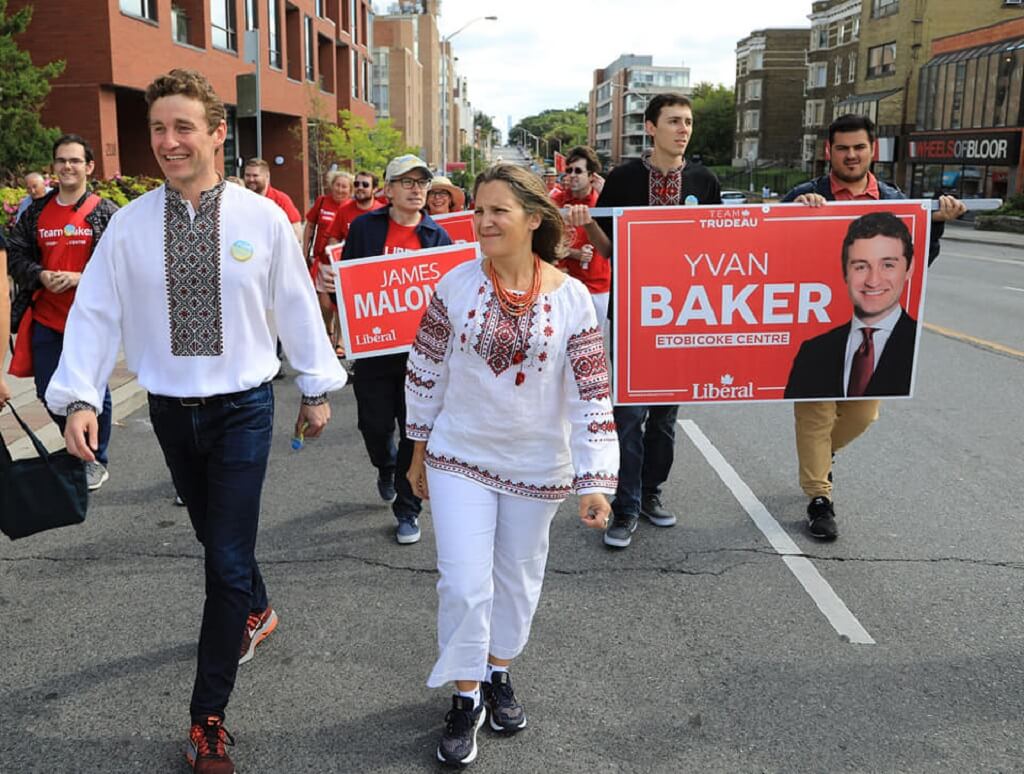Volodymyr Kish.
Back in 1926, a young French priest by the name of Fr. Josaphat Jean tried to establish a Ukrainian settlement on the shores of Lake Castagnier, a beautiful but remote area located some 50 kilometers north of the mining town of Amos in northwestern Quebec. Amos itself is a relatively isolated community some 600 kilometers by road northwest of Montreal. Father Jean was a particularly interesting character, and why he became involved in trying to settle Ukrainians in this isolated wilderness makes for an interesting story.
Father Jean was born in 1895 near Rimouski Quebec and became a Catholic priest in 1910. In the early part of the last century, the Catholic Church authorities in Canada were becoming increasingly aware of the large number of Ukrainian immigrants coming to this country, attracted by the prospect of free land in the Prairies. As many of them were Catholics from western Ukraine, and there were no Ukrainian Catholic clergy in Canada to serve their spiritual needs, they asked a number of their local French priests to undertake the challenge of ministering to them lest they fall into the hands of their Protestant competitors.
Father Jean was one of those who volunteered and he was dispatched to Eastern Europe to learn the Ukrainian language and the Byzantine Catholic rite. While there, he came under the influence of Metropolitan Andrey Sheptytsky and, at his suggestion, he officially joined the Ukrainian Studite monastic order. Prior to his return to Canada, the Metropolitan assigned Father Jean the task of establishing a Studite monastery in Canada that was to be the cornerstone around which to build a colony of Ukrainian immigrants from Halychyna and Bosnia.
Back in Canada, Father Jean initially considered establishing such a colony in the Peace River area of northern Alberta where land was being offered free for the taking, but he eventually became convinced that the area, some 500 kilometers north of Edmonton, was too remote, and he settled instead for a proposal offered to him by the Quebec government which was anxious to colonize the Abitibi area of northwestern Quebec. He received a grant of 250 square miles of land and proceeded north into the wilderness. On the shores of Lake Castognier he built a small monastery which in short order became the home of three additional Ukrainian monks who arrived from Western Ukraine, as well as a local novice. They named the place Sheptytsky after their patron in Ukraine. A small number of immigrants arrived over the next few years, primarily from the Halychyna region of Western Ukraine. Each was given a hundred acres of land to clear and cultivate.
The task of building a viable community proved far more onerous than anybody had anticipated. The winters were long and cruel, the summers and the growing season were inadequately short for most crops, and the area was plagued with mosquitoes and black flies for most of the spring and summer. To make matters worse, the land, which had been touted as rich agricultural soil, proved to be far too poor for most agricultural purposes. The monks were the first to go. They left within a year of arriving. Many of the initial settlers only lasted a few years before they too abandoned the colony to seek their fortunes elsewhere. Within a decade of its establishment, the settlement had shrunk to less than ten families. Fr. Jean also gave up on his dream, returning to Montreal in 1930. In 1935 the Sheptytsky name disappeared from maps of the area, as the settlement was renamed Lac Castagnier, and then later La Morandiere.
Today, there is nothing left of the original monastery or the buildings erected by the settlers. The only tangible legacy is the little picturesque cemetery by the shore of the lake that contains tombstones bearing distinctively Ukrainian names. One of those names is Olga Slobodian, and she was my godmother.
All of this brings me to the particular interest and connection I have to this almost forgotten piece of Ukrainian Canadian history and which prompted a visit to the site this past weekend. When I was born in the nearby town of Rouyn-Noranda, I was given a godmother by the name of Olga Slobodian, daughter of one of the respected local Ukrainian elders. She wound up getting married to a fine young gentleman from the town of Amos, Vasyl Lesyk, who it turns out had been born in the Sheptytsky settlement and had even been baptized by Fr. Jean himself. Vasyl Lesyk built a successful life and career that eventually saw him becoming the Mayor of Amos. Upon his retirement, and following the untimely death of his wife and my godmother, he moved back to Lac Castagnier, where he built a beautiful log cabin on the lake, and is now living a life of well-deserved peace and tranquility.
I spent a most delightful day with Vasyl Lesyk and the only other remaining descendant of the original settlers, Tony Kurello, on this beautiful piece of land that had once been the scene of such great hardship for a small group of Ukrainian immigrants whose dreams of a prosperous new home were regrettably never realized, at least not in Sheptytsky. This is a bit of history that should be preserved.
Share on Social Media






